Frequently Asked Questions
1. What is a pocket knife?
2. What are the main components of a pocket knife?
3. How do I choose the right pocket knife?
4. How do I maintain my pocket knife?
5. What are the different types of pocket knives?
Pocket knives have long been cherished for their practicality, craftsmanship, and iconic status in various cultures. Whether you're a seasoned collector or a casual user, understanding the anatomy of a pocket knife can deepen your appreciation and help you choose the right one for your needs. In this guide, we will explore the essential components that make up a pocket knife, along with tips on how to care for and use them properly.
The Basics of Pocket Knives
Before we delve into the intricacies of pocket knives, it's essential to understand what they are. A pocket knife is a foldable knife that is compact enough to fit in your pocket, making it convenient for everyday use. These knives come in various shapes and sizes, but they generally consist of similar fundamental parts that play a critical role in their function and design.
Key Components of Pocket Knives
The Blade
The blade is arguably the most important feature of any pocket knife. Typically made from high-carbon stainless steel or various alloys, the blade is designed for cutting, slicing, and various other tasks. The sharpness and durability of the blade are key factors in its effectiveness.
The Handle
The handle of a pocket knife plays a significant role in both function and aesthetics. Often made from materials like wood, plastic, or metal, the handle provides a comfortable grip and influences the overall balance of the knife. A well-designed handle ensures that users can control the blade effectively and safely.
The Locking Mechanism
Safety is paramount when it comes to using a pocket knife. Most knives feature a locking mechanism that secures the blade when deployed to prevent accidental closure during use. Common locking mechanisms include liner locks, frame locks, and back locks. Understanding these mechanisms is crucial to operating a pocket knife safely.
The Pivot Point
The pivot point is where the blade connects to the handle. It's typically secured with a pivot screw, allowing the blade to rotate smoothly when opening and closing. A well-constructed pivot point ensures that the blade operates seamlessly, enhancing the overall user experience.
The Thumb Stud or Flipper
Many modern pocket knives include a thumb stud or a flipper, which aids in opening the blade with one hand. These features allow for quick access to the blade, making them especially useful in situations where speed is necessary.
Different Types of Pocket Knives
There are several types of pocket knives, each suited for different tasks and preferences. Here are a few popular categories:
Multi-tools
Multi-tools are versatile pocket knives that come with multiple functions. They may include blades, pliers, screwdrivers, scissors, and more, offering a plethora of uses in one compact tool.
Folding Knives
Folding knives are the most common type of pocket knives. They feature a single blade that folds into the handle, making them easy to transport and store. Their compact design makes them a popular choice for everyday carry.
Traditional Pocket Knives
Also known as slip joint knives, these traditional pocket knives often feature a non-locking blade that relies on spring tension for safety. They offer a nostalgic charm and are favored by collectors and enthusiasts.
Choosing the Right Pocket Knife
Selecting the right pocket knife comes down to personal preference and intended use. Here are a few considerations to keep in mind:
Blade Material
When choosing a pocket knife, pay close attention to the blade material. High-carbon stainless steel is popular for its durability and edge retention. However, some knives also offer composite materials that enhance strength while reducing weight.
Size and Weight
The size and weight of a pocket knife can affect its portability and usability. Consider your daily tasks and how often you plan on carrying the knife. A lightweight option may be more suitable for everyday carry, while a sturdier model may be better for outdoor use.
Budget
Pocket knives come at various price points. While high-end options can offer exceptional quality, there are also plenty of budget-friendly choices that deliver reliability. Determine your budget and choose a knife that meets your needs without breaking the bank.
Maintaining Your Pocket Knife
Proper maintenance is essential to keep your pocket knife in optimal condition. Here are some key tips to ensure longevity:
Cleaning
After regular use, it's crucial to clean your pocket knife. Use warm, soapy water and a soft cloth to remove debris. Make sure the blade and handle are dry before storing the knife to prevent rust and corrosion.
Sharpening
A dull blade can be frustrating and potentially dangerous. Regularly sharpening the blade will ensure it's ready for use when needed. Use a whetstone, sharpening tool, or take it to a professional for maintenance.
Protecting the Edge
To protect the knife's edge, consider using a blade guard or sheath when storing it. This can help prevent nicks or scratches that may occur when the knife is in your pocket or storage.
The Art of Using a Pocket Knife
Using a pocket knife effectively requires practice and understanding of best practices for safety. Here are some helpful tips:
Grip Technique
When using your pocket knife, ensure that your grip is secure yet comfortable. Avoid gripping the handle too tightly, as this can lead to fatigue during longer tasks.
Cutting Angle
Pay attention to the angle you're using when cutting. A sharp blade will perform best when used at the right angle, minimizing the effort required and ensuring cleaner cuts.
Situational Awareness
Be aware of your surroundings when using a pocket knife. Always ensure that the area is clear of obstacles or other individuals to prevent accidents. Safety should always be your primary concern.
Explore the World of Pocket Knives
As you embark on your journey into the world of pocket knives, remember that each knife tells a story of craftsmanship and functionality. Whether you seek a reliable tool for everyday use, a collector's item, or a gift for a loved one, understanding the anatomy of pocket knives will enrich your knowledge and enhance your experience.
With so many types, features, and brands available, there's a pocket knife for everyone. Whether it's a sleek folding knife, a robust multi-tool, or a traditional slip joint, the right pocket knife can become an invaluable companion in your daily life. Embrace the convenience, durability, and artistry that pocket knives offer and make them a part of your adventure!
It's time to delve into the exciting universe of pocket knives and find the one that resonates with your unique style and needs. Get ready to unlock new possibilities and craft unforgettable experiences with each slice and cut.


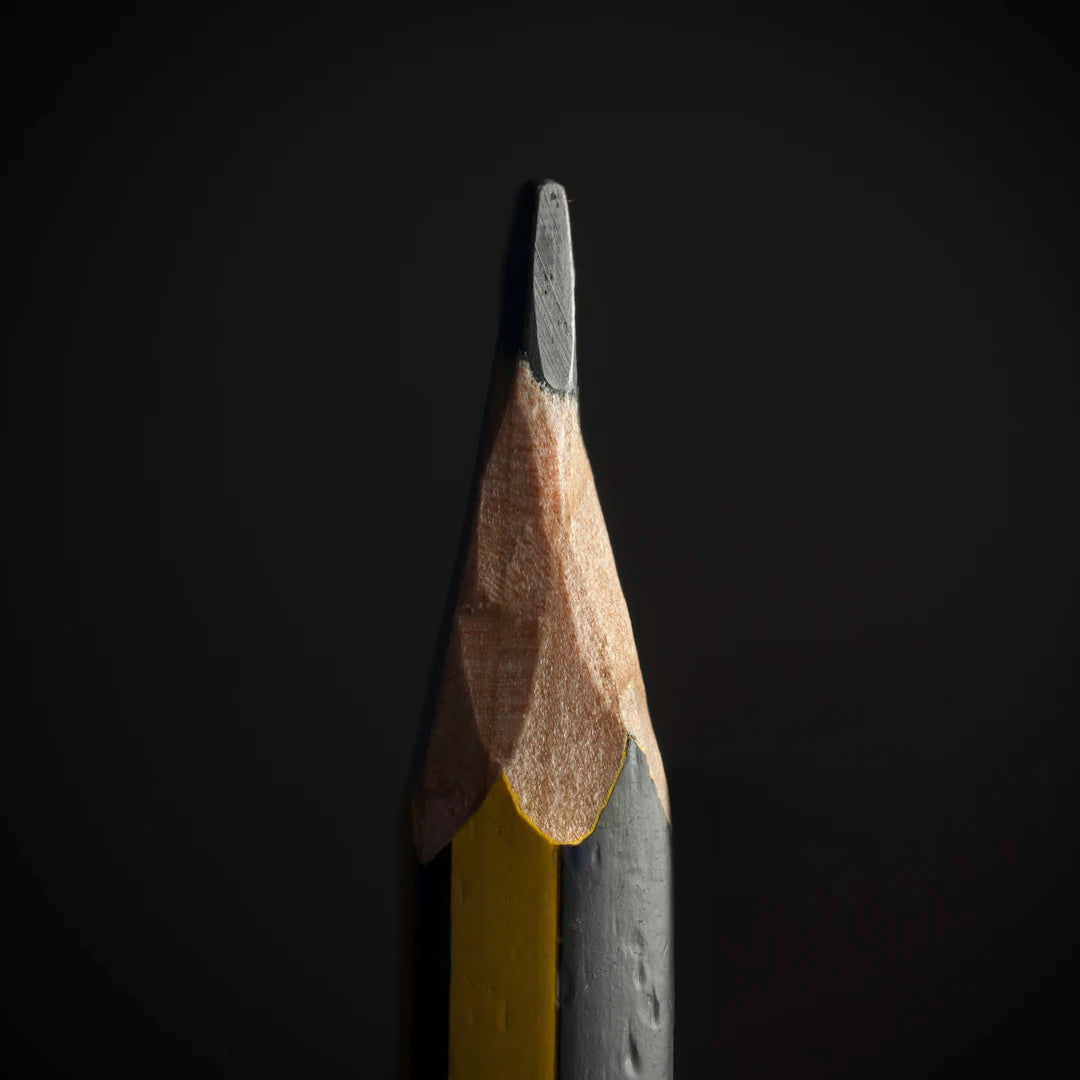
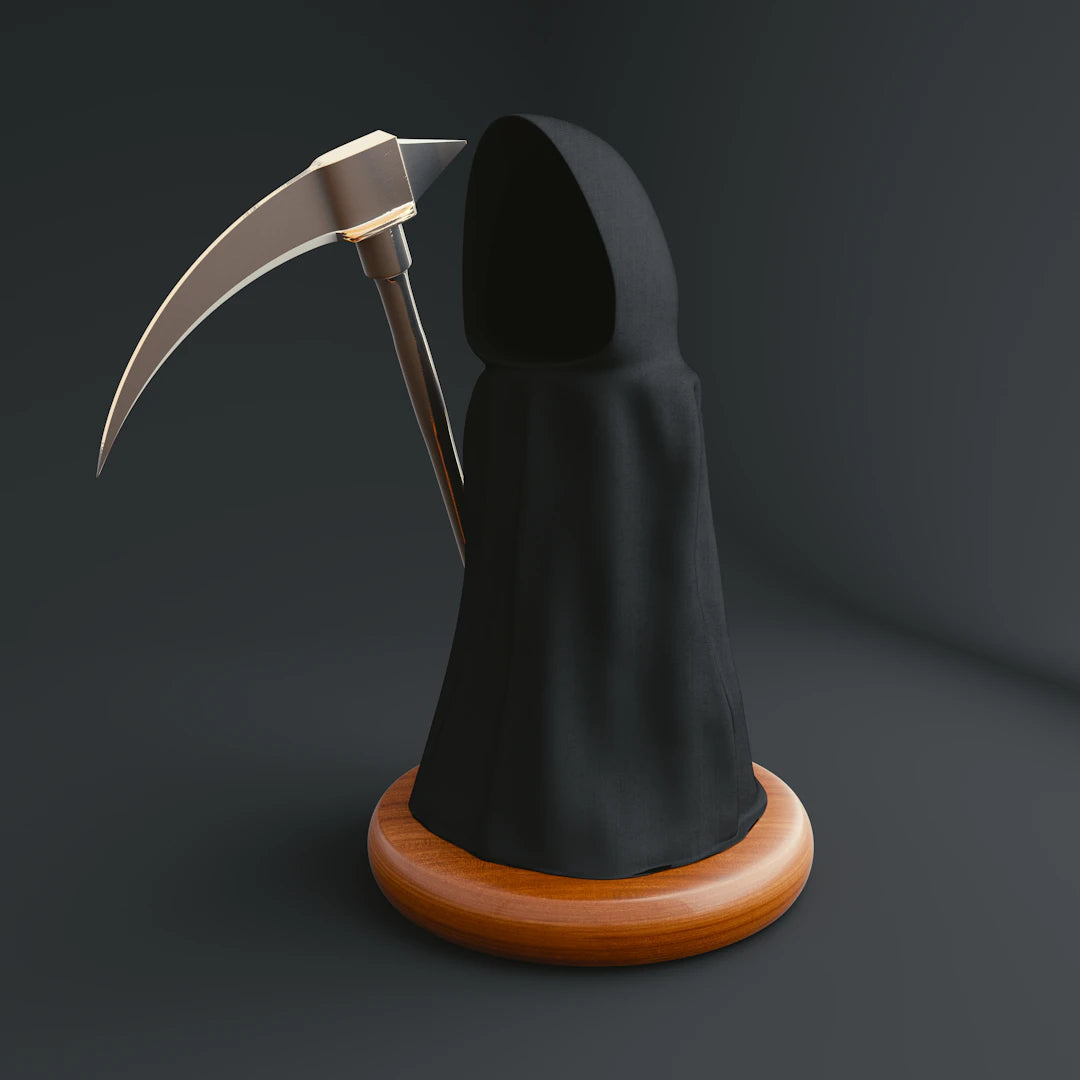
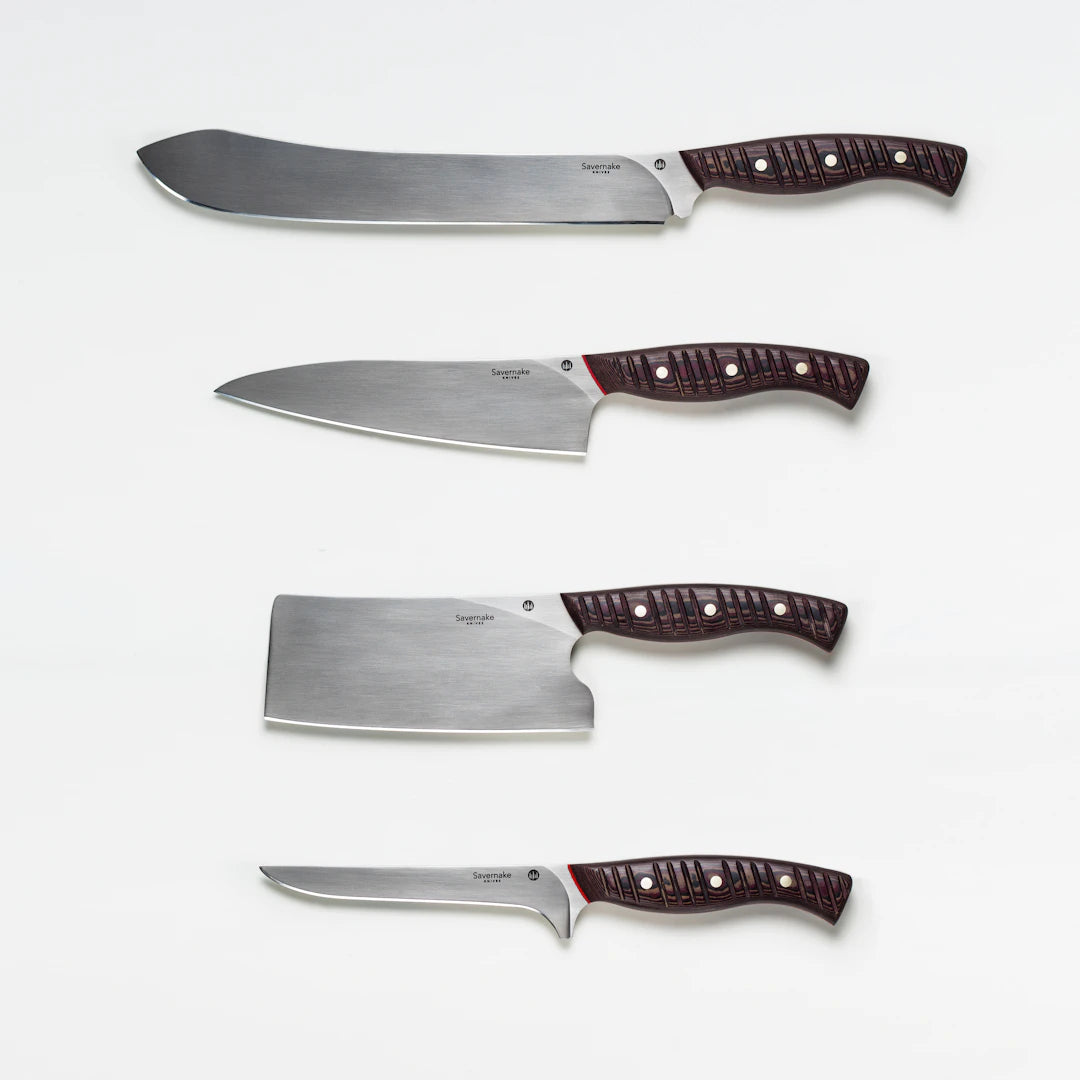
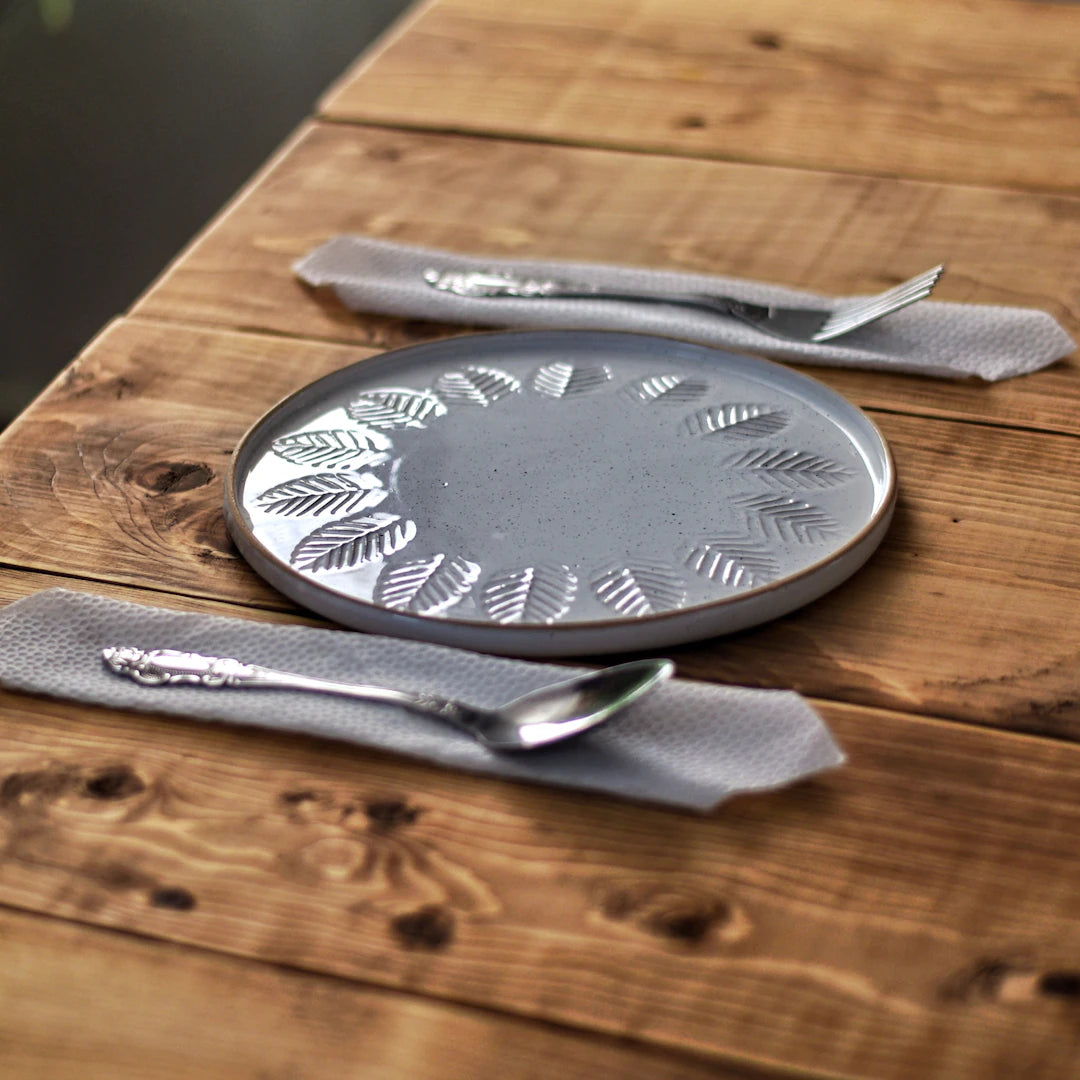

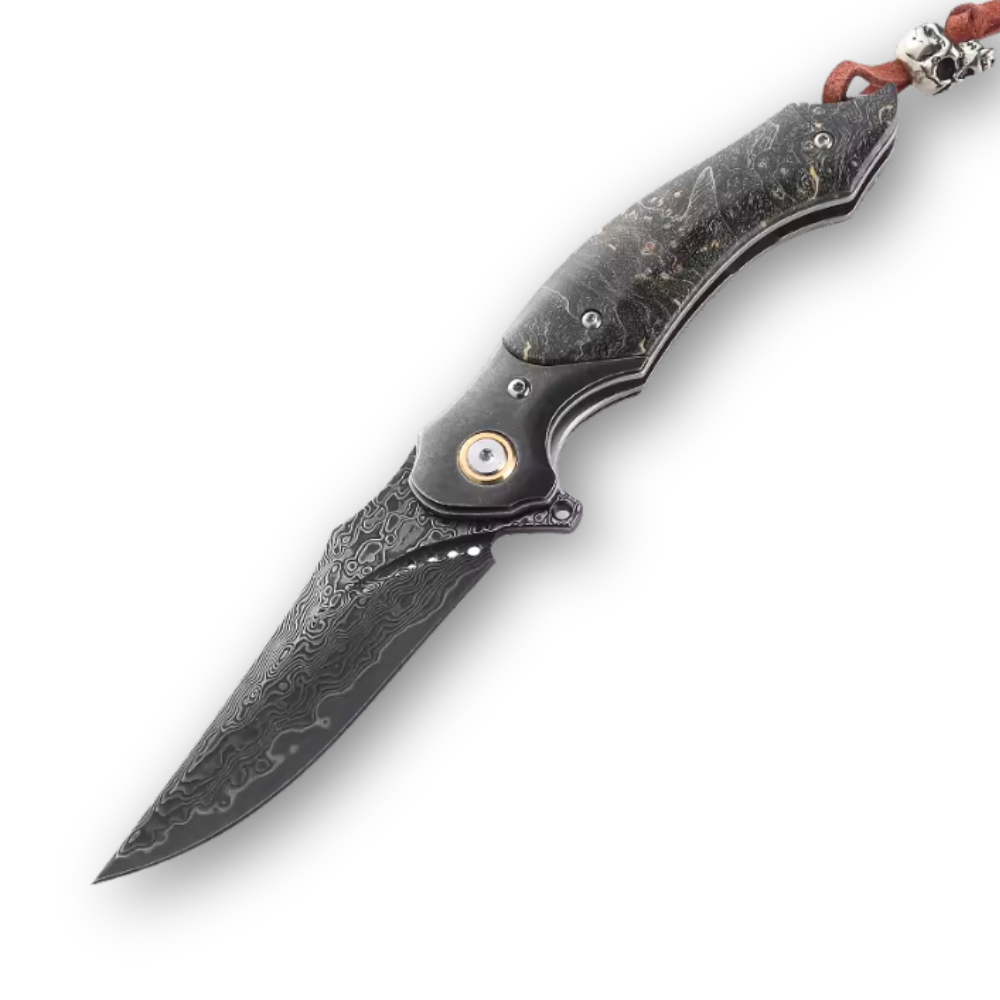
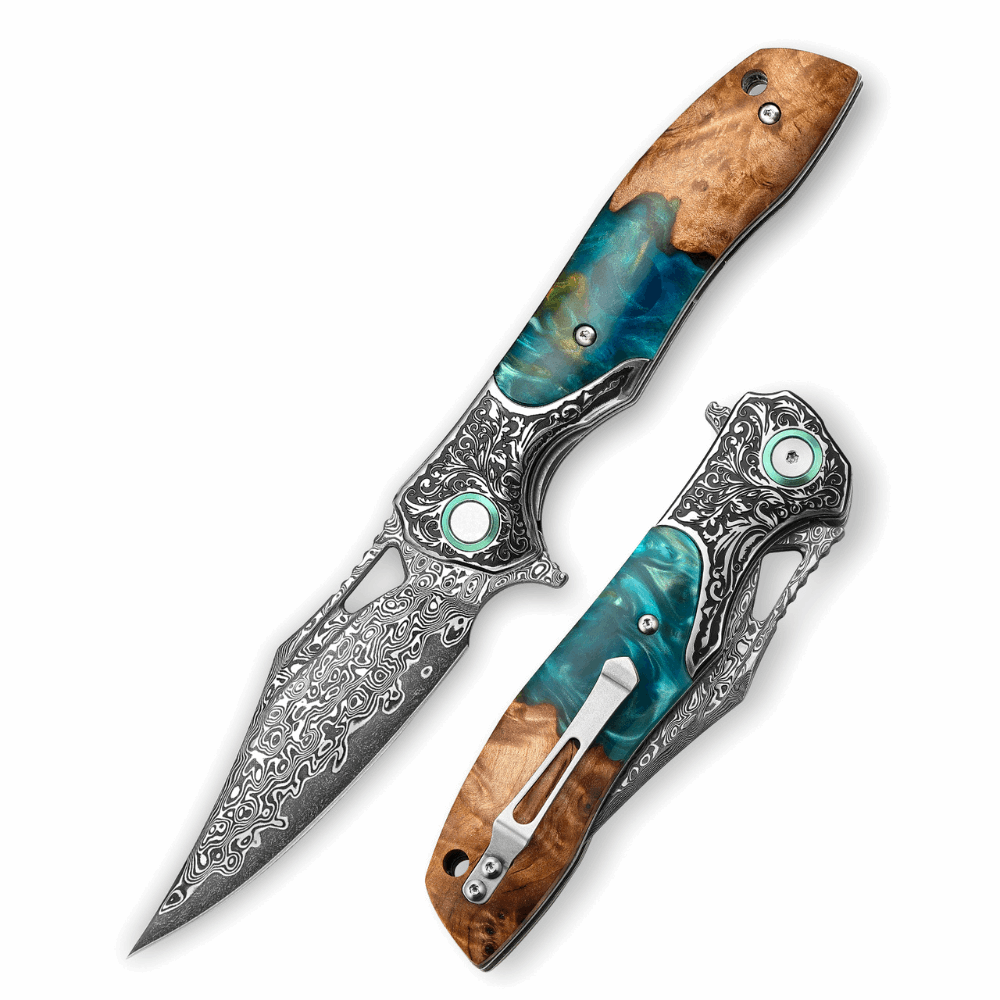
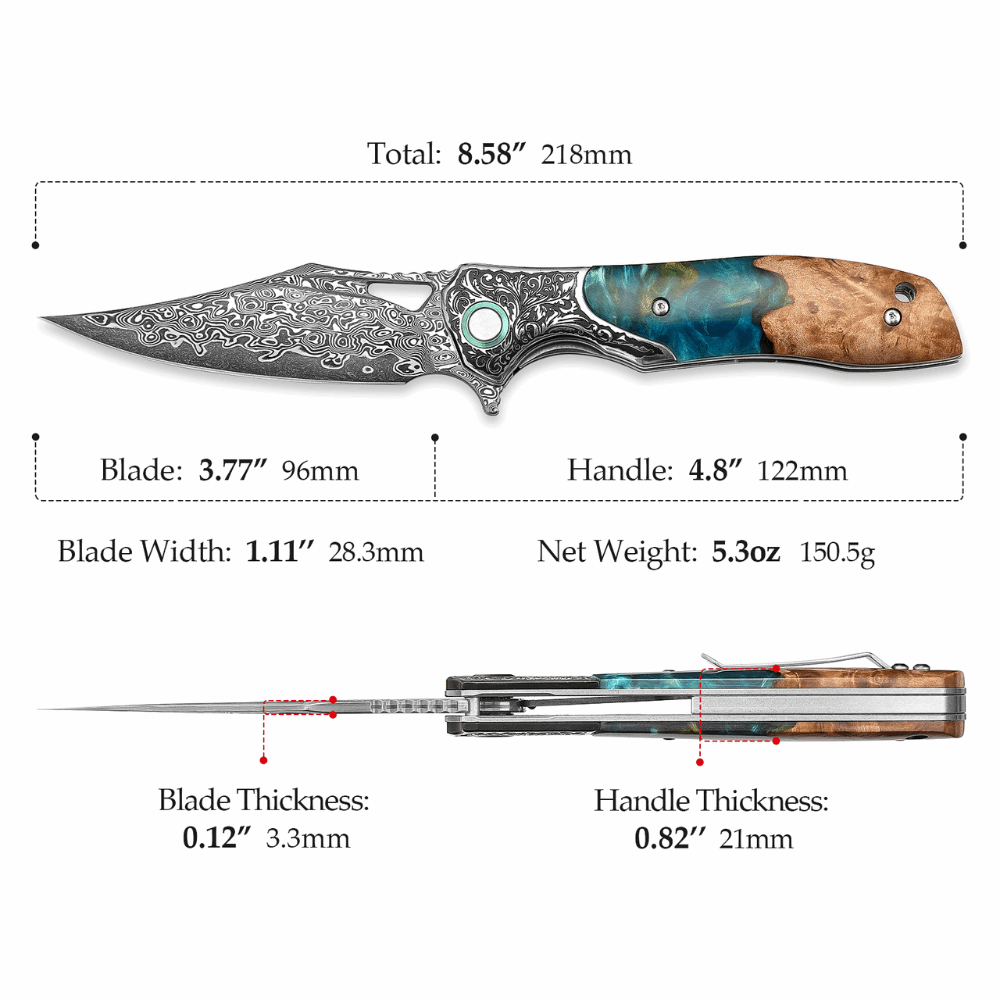
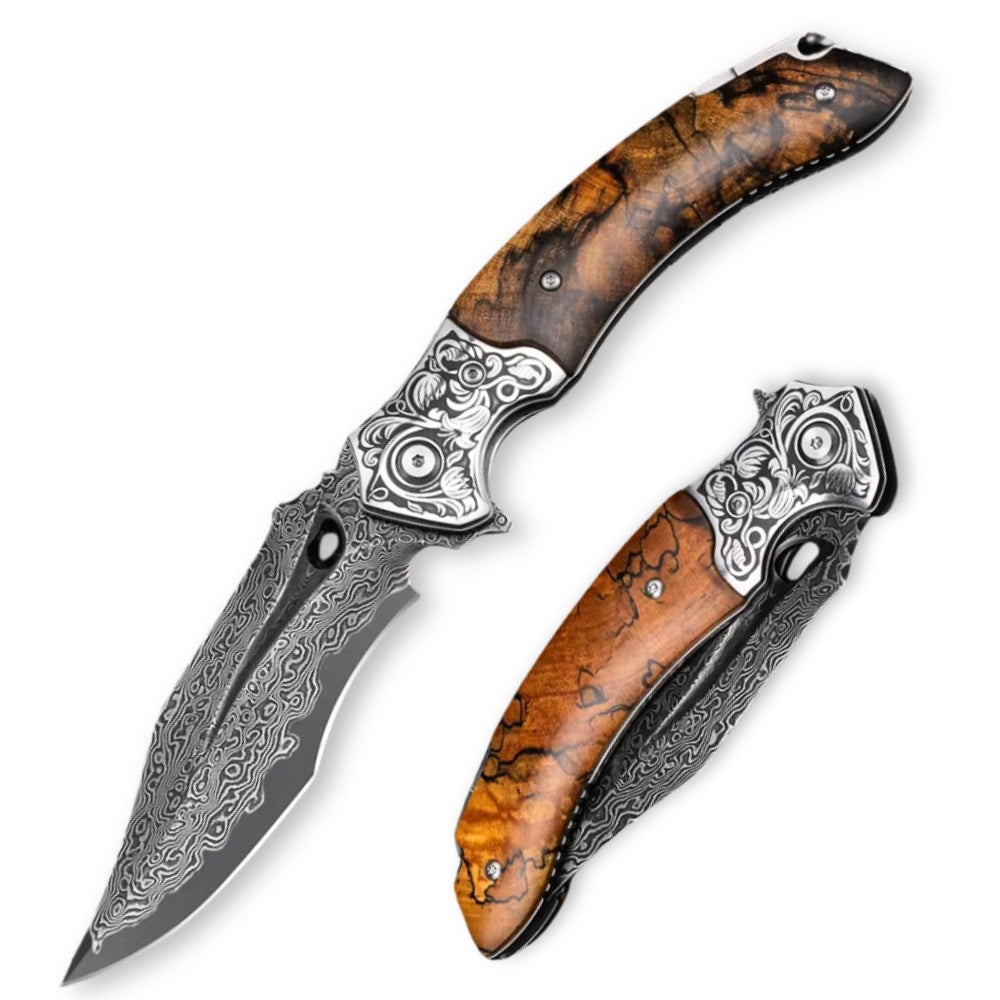
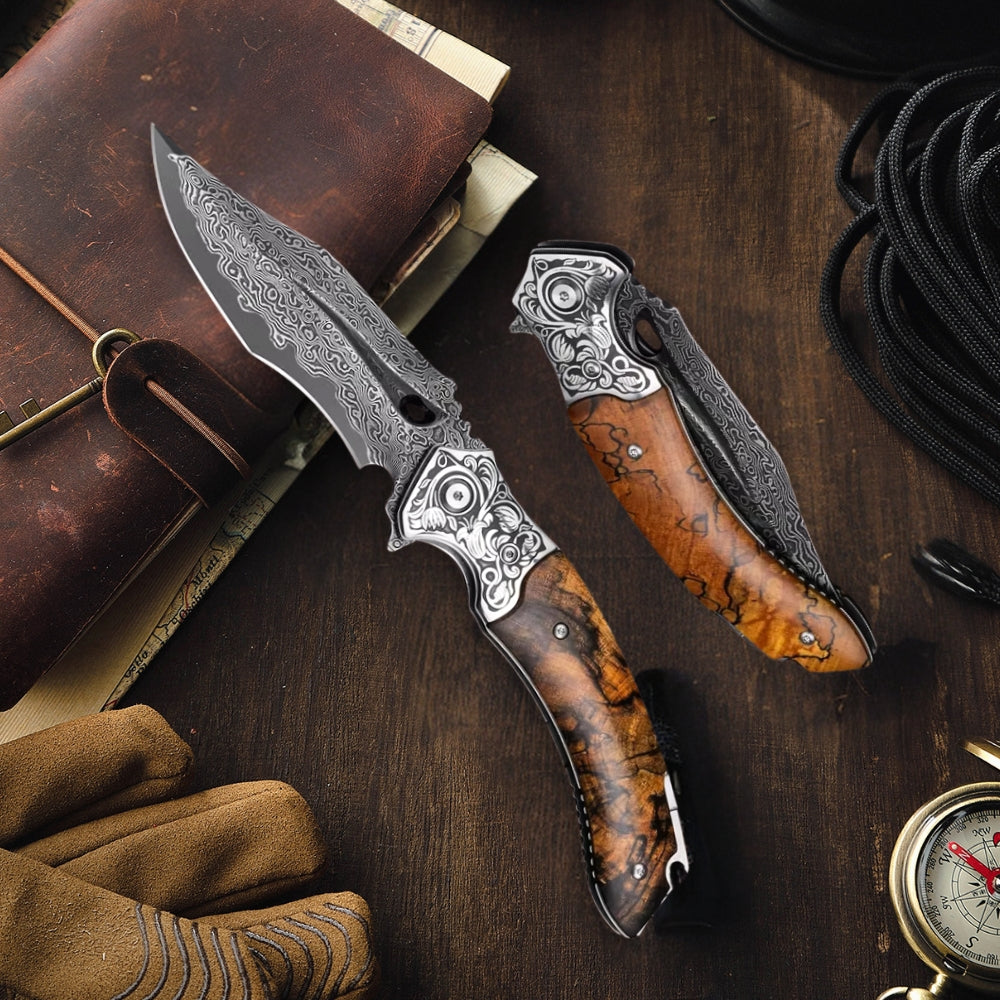
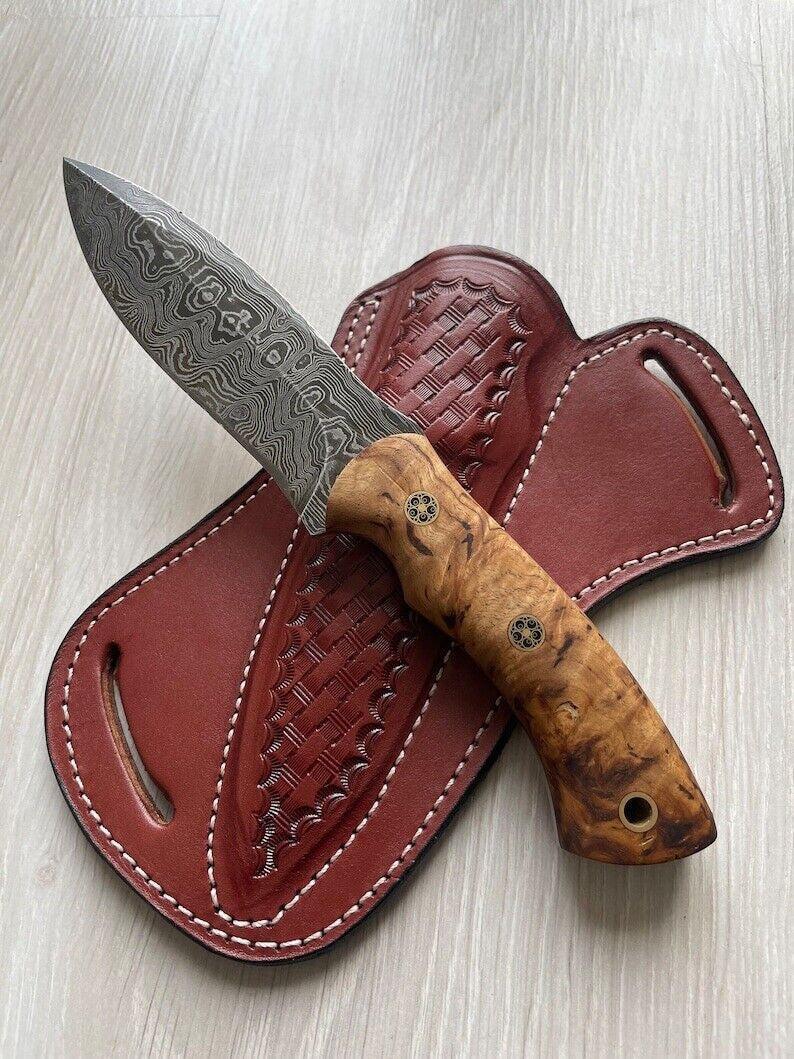
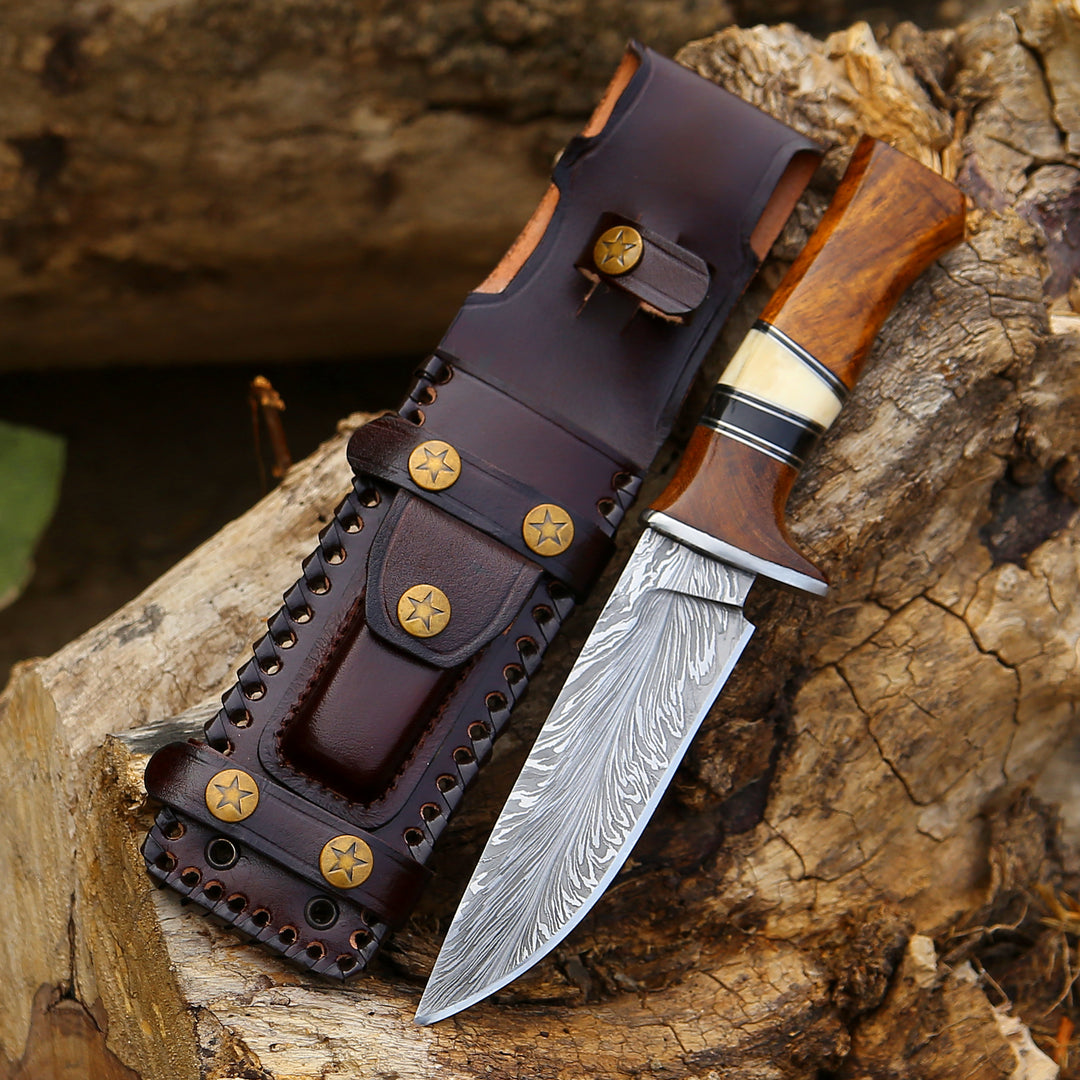
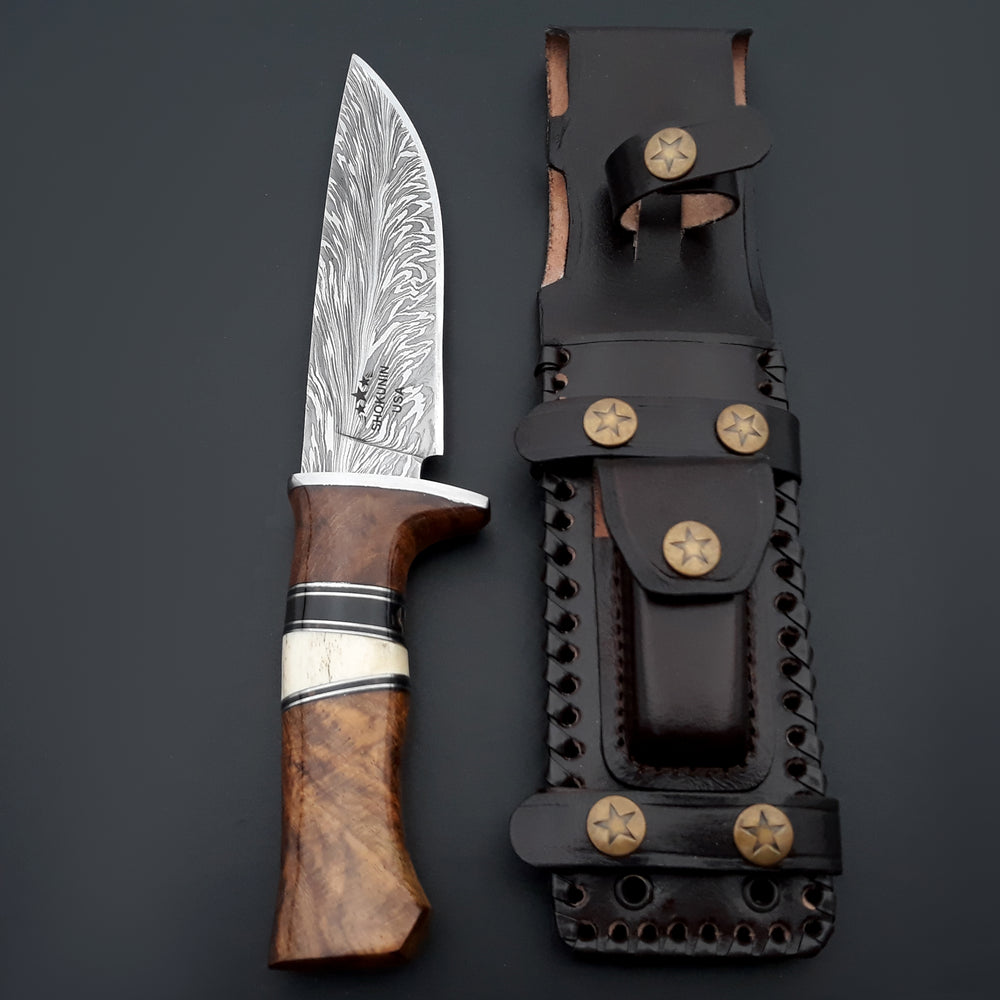
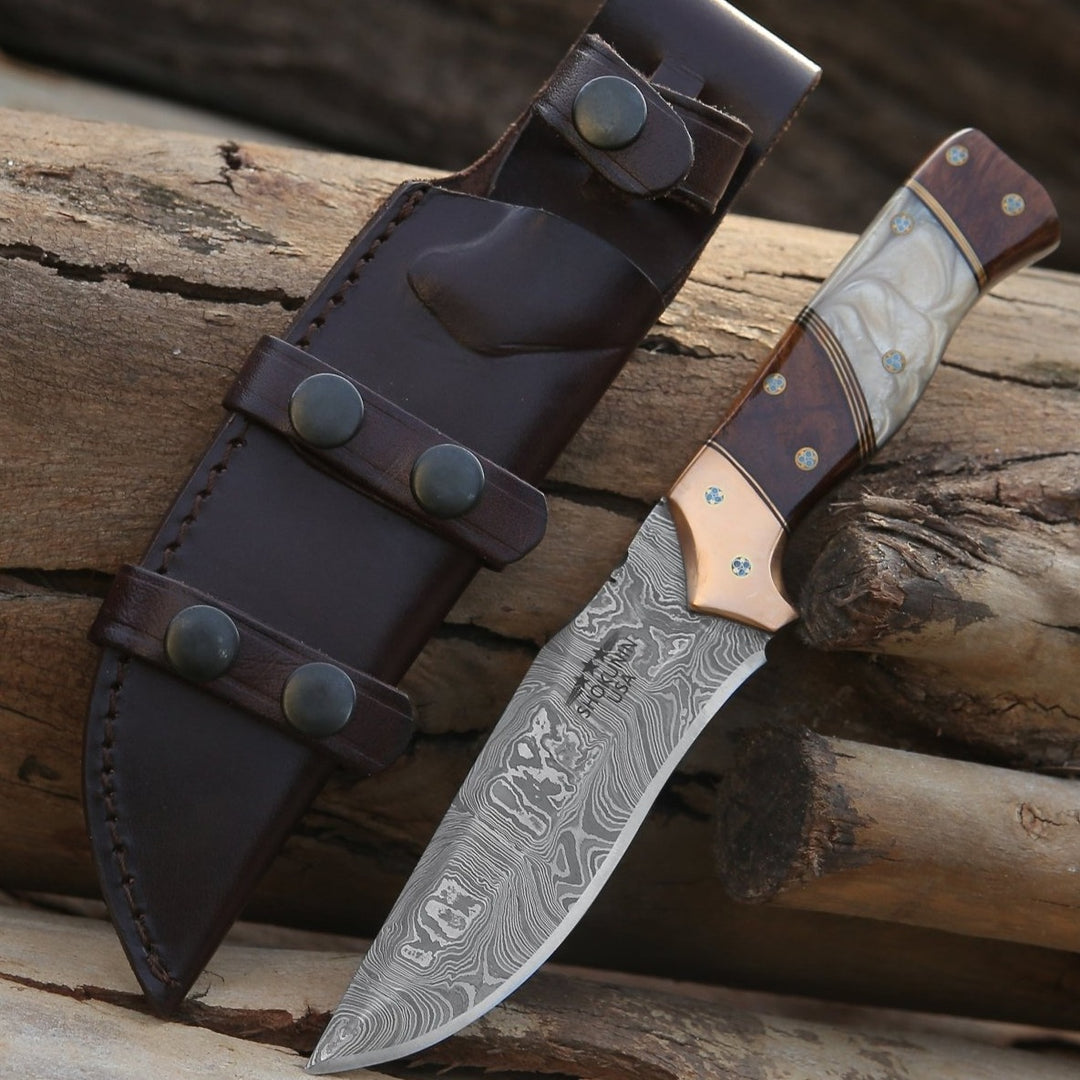
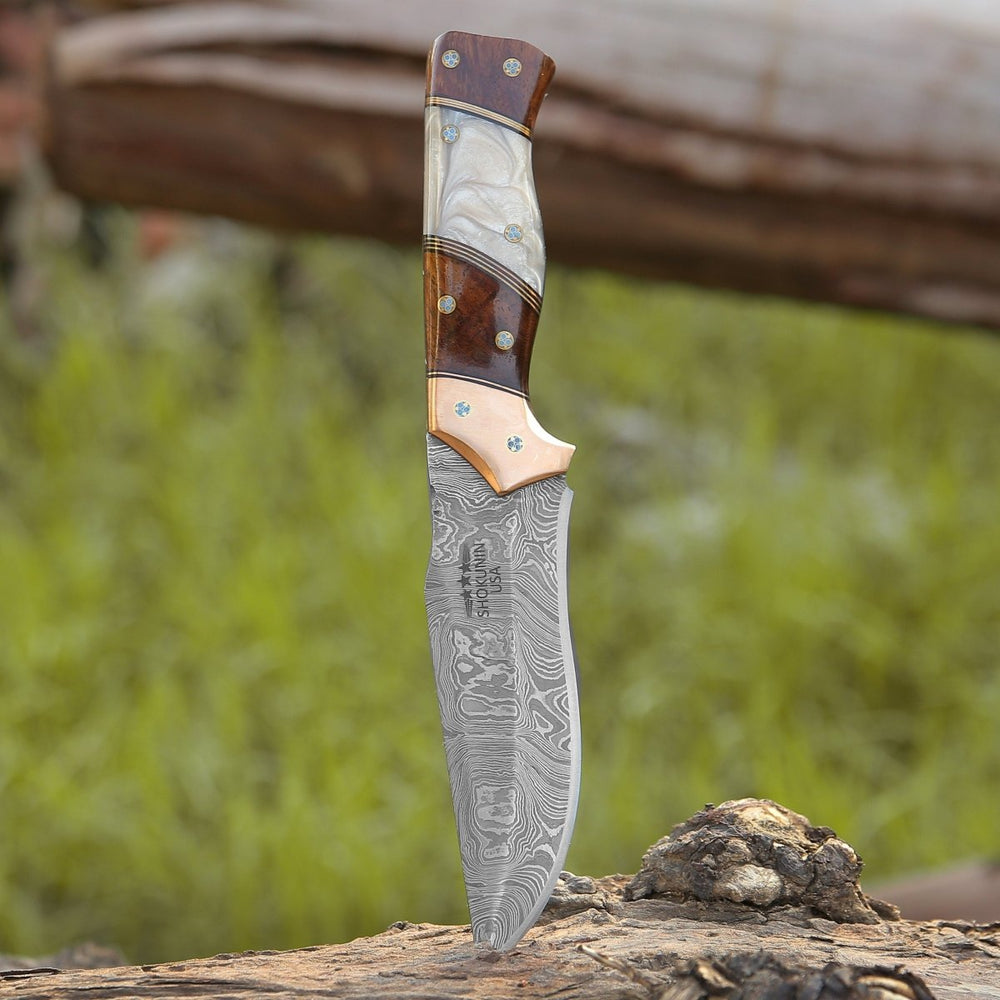
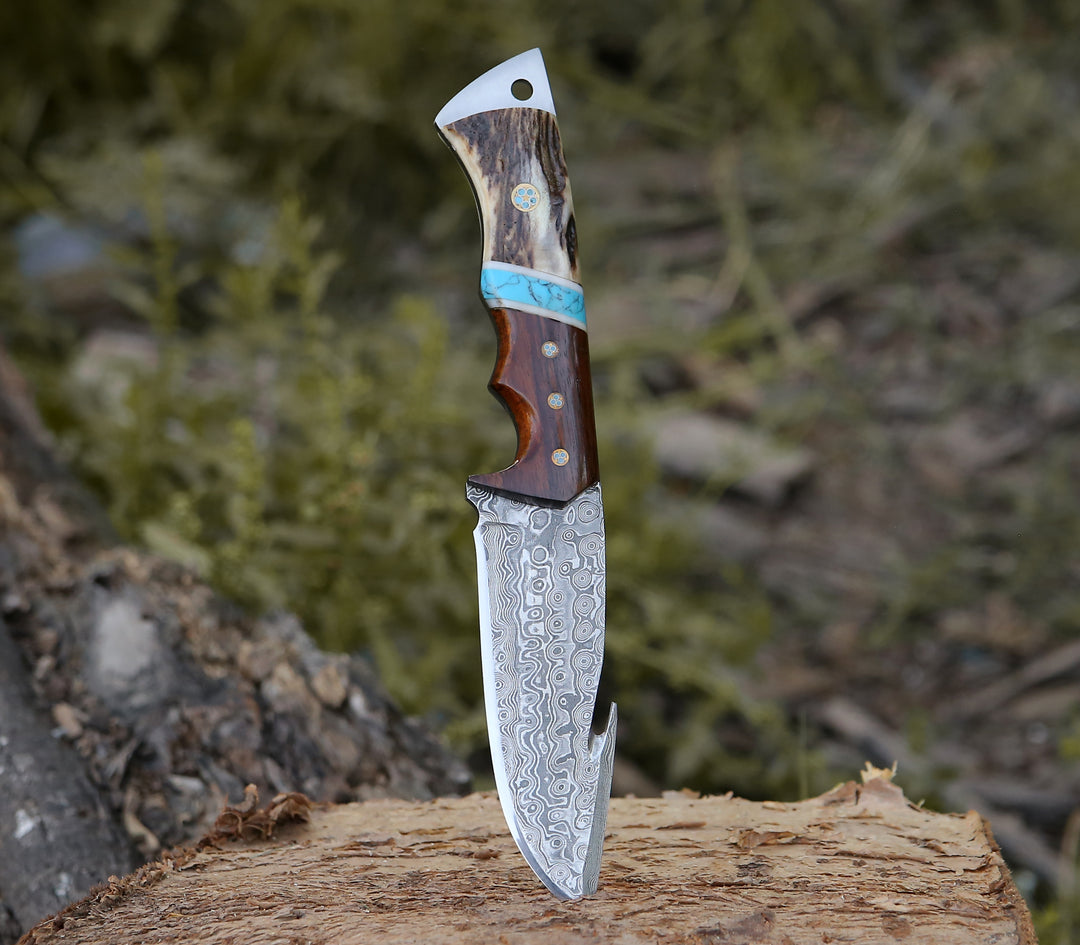
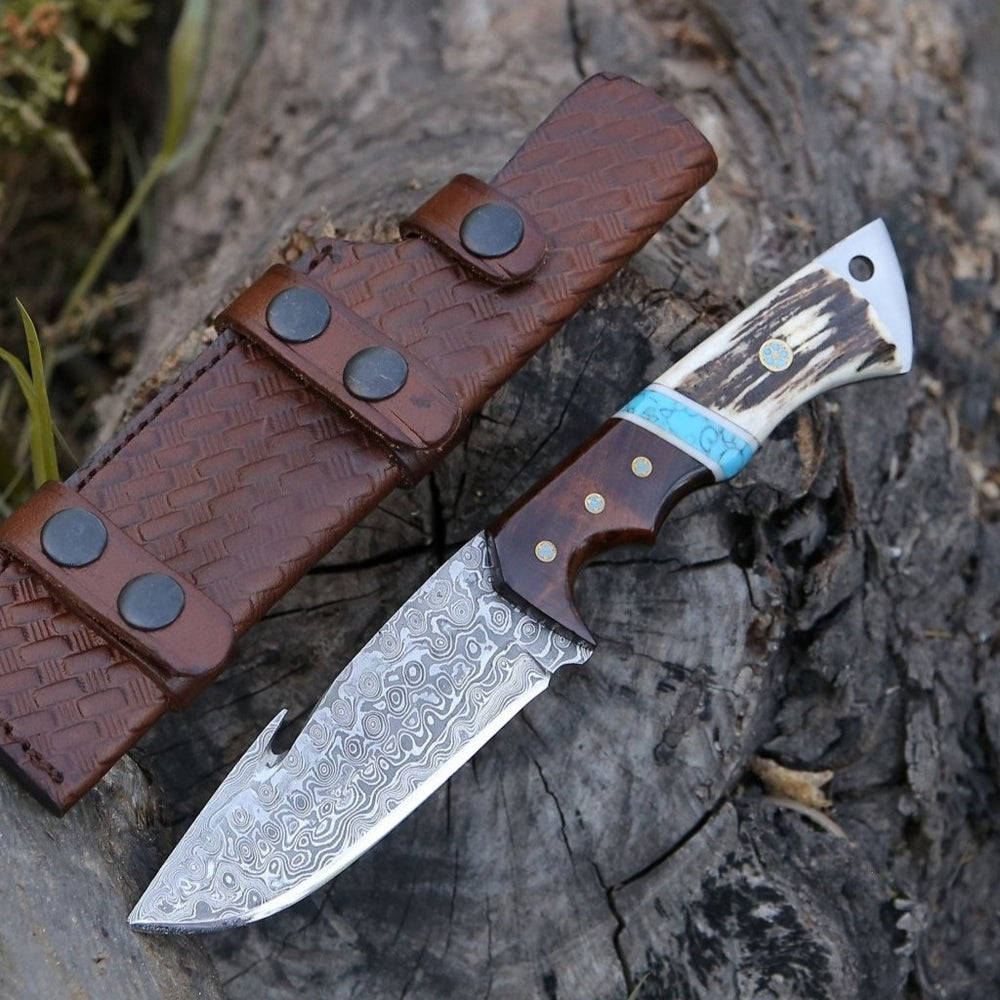
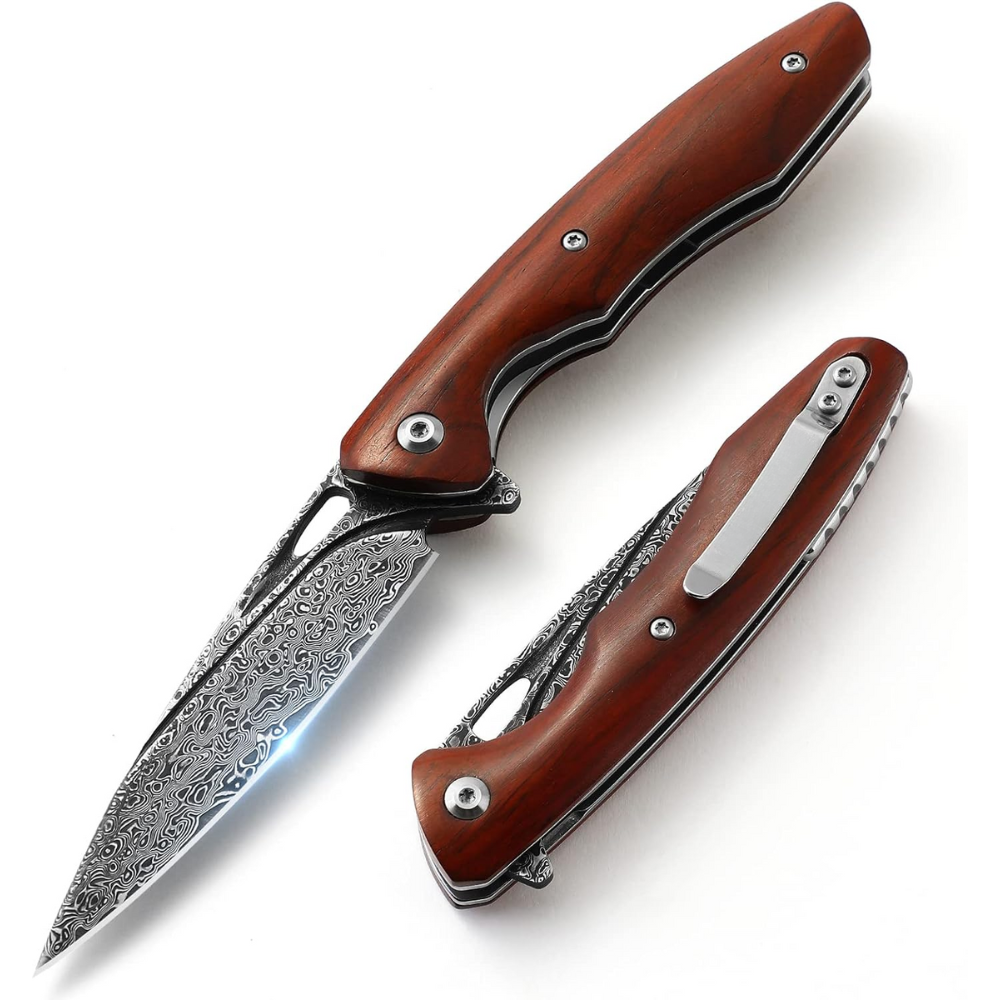

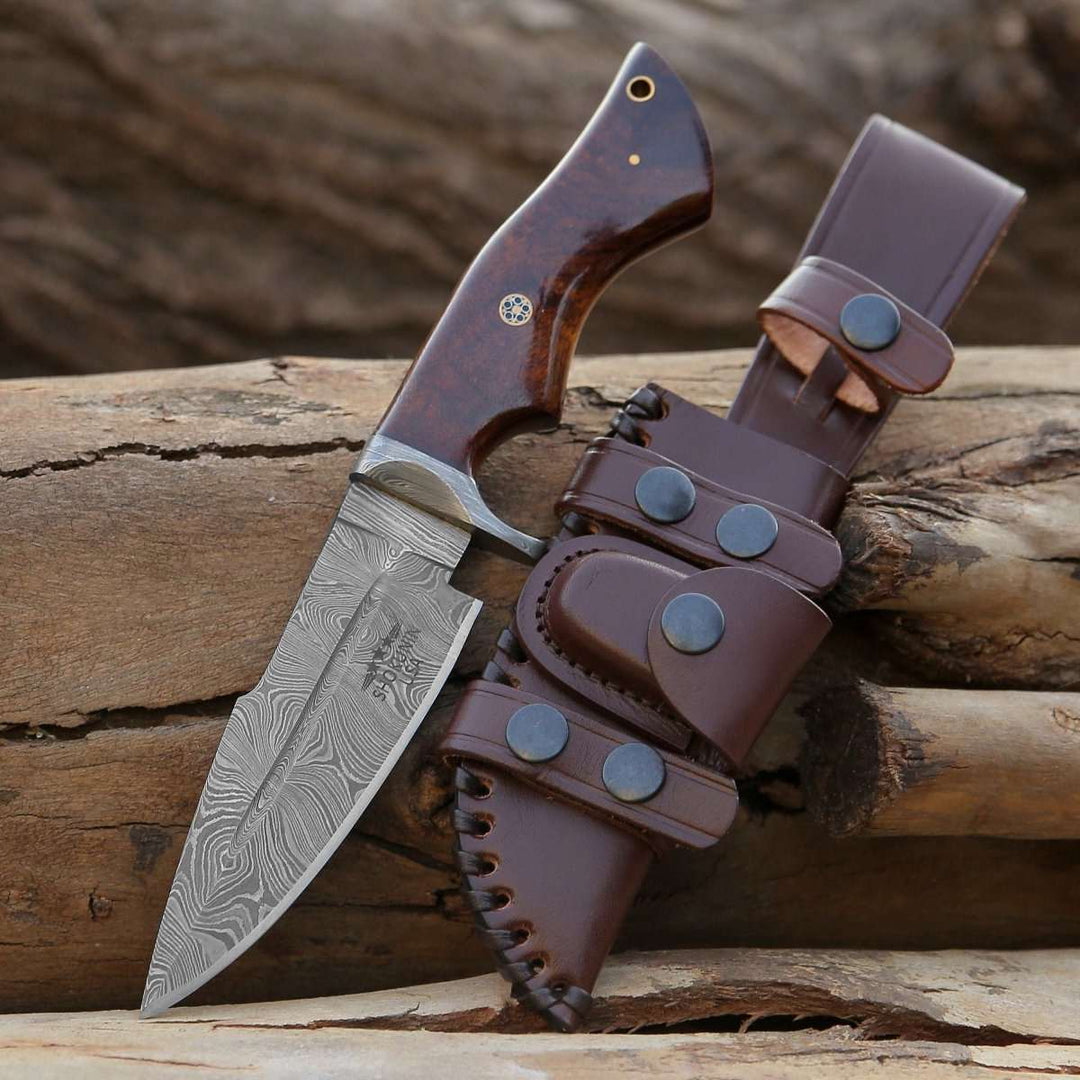
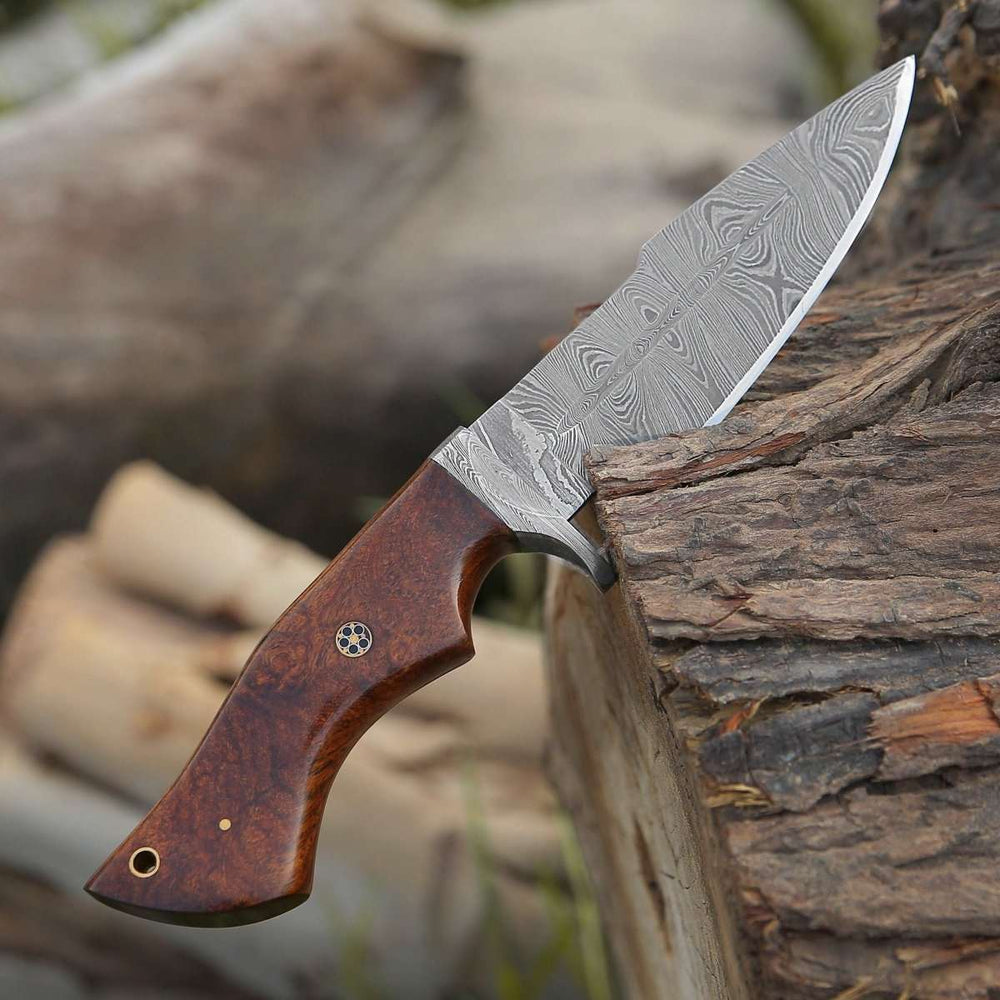
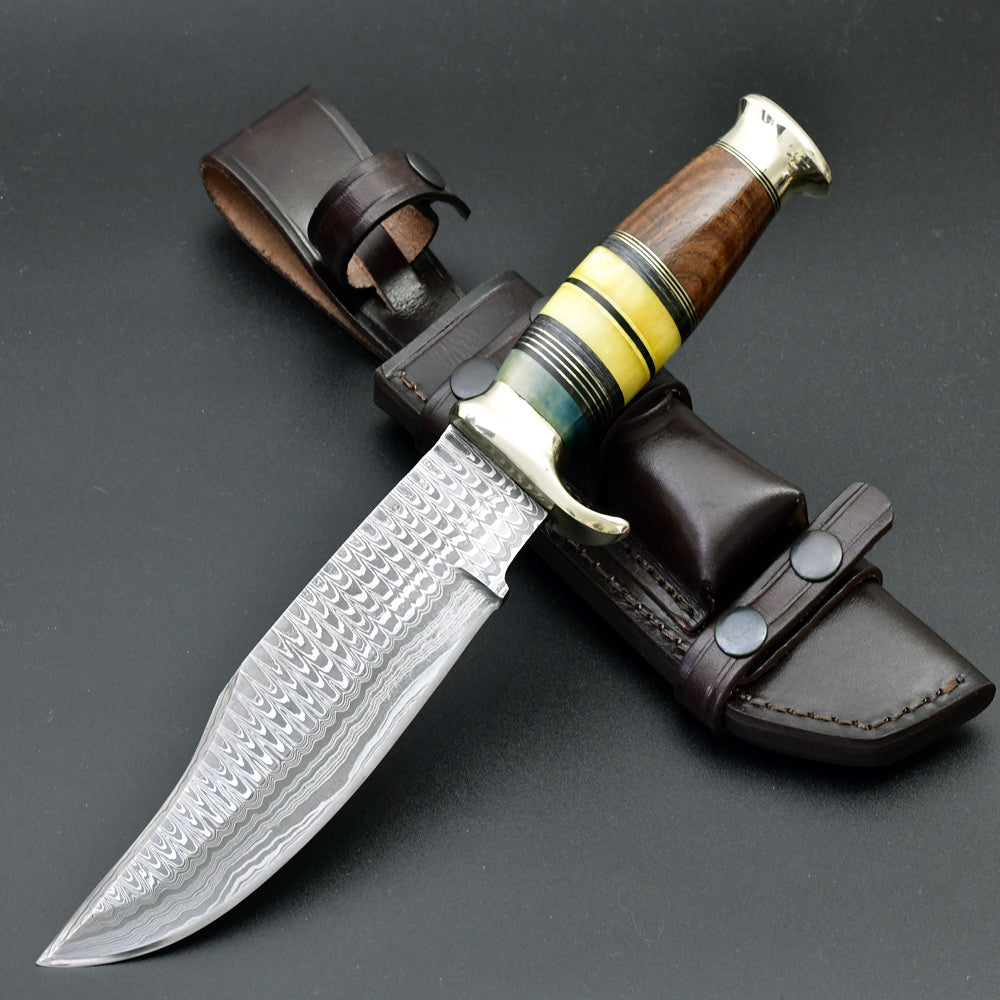
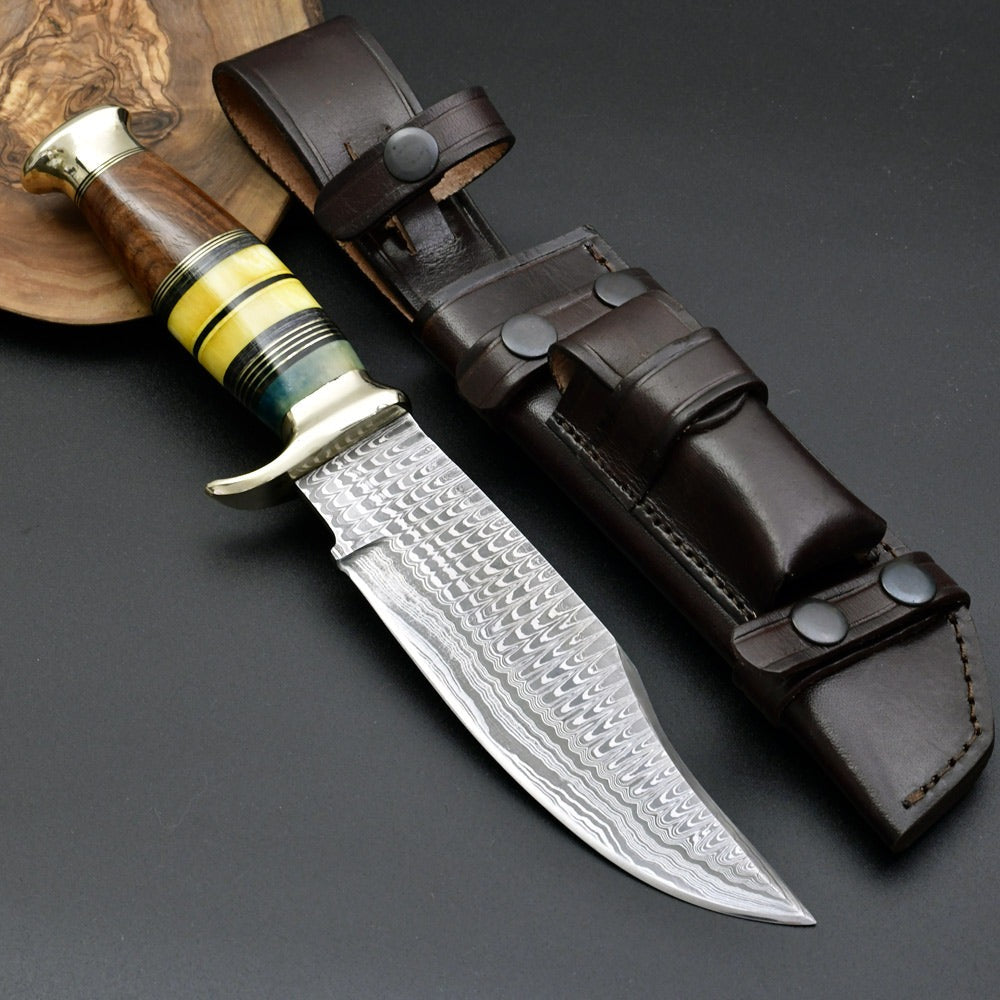
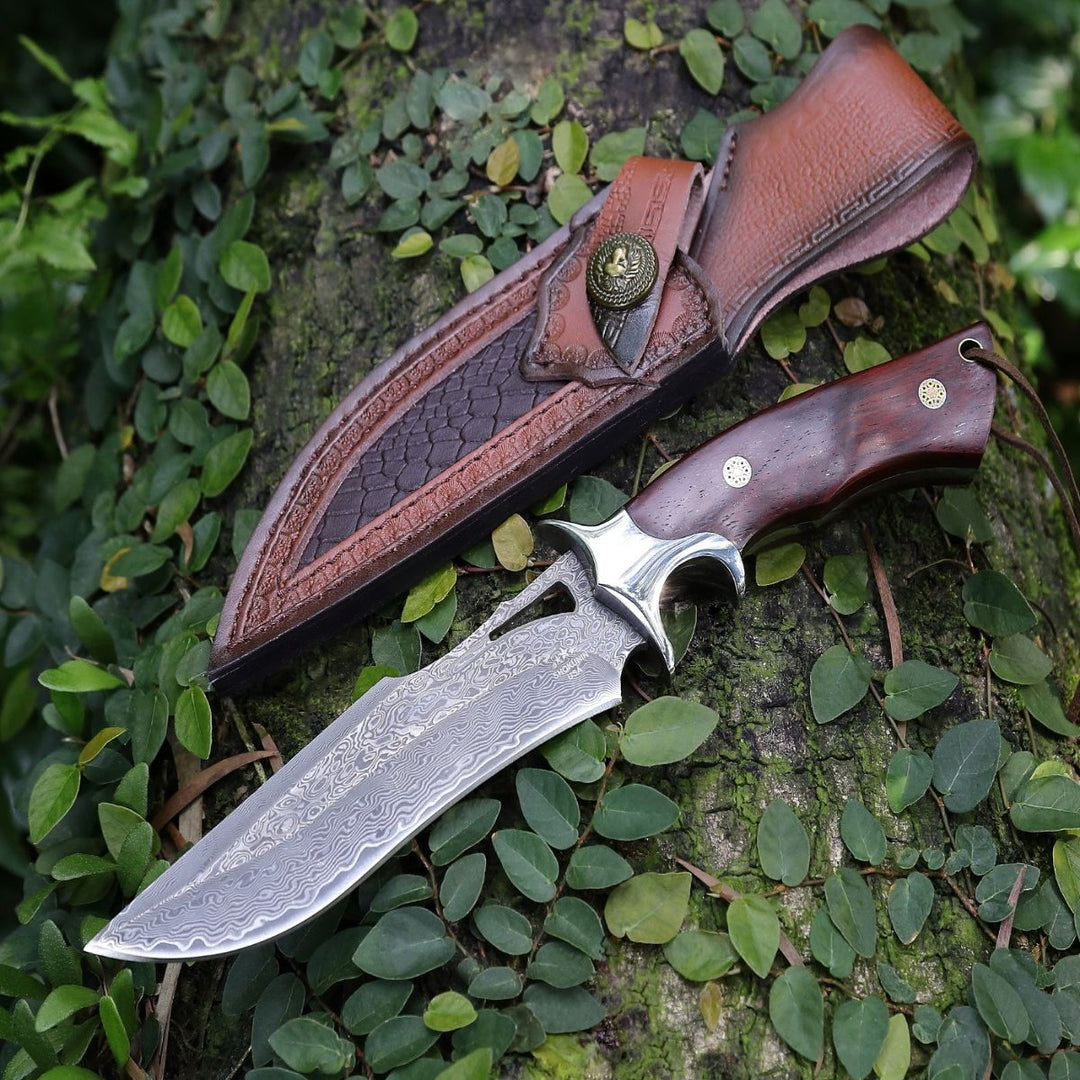
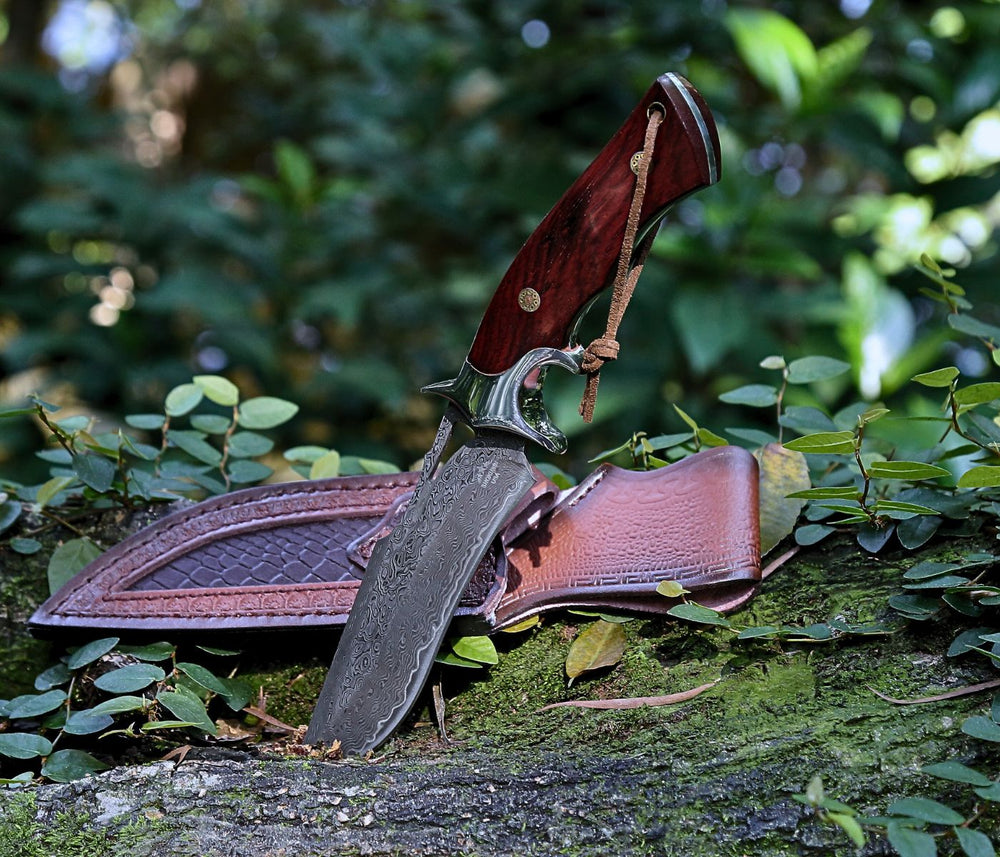
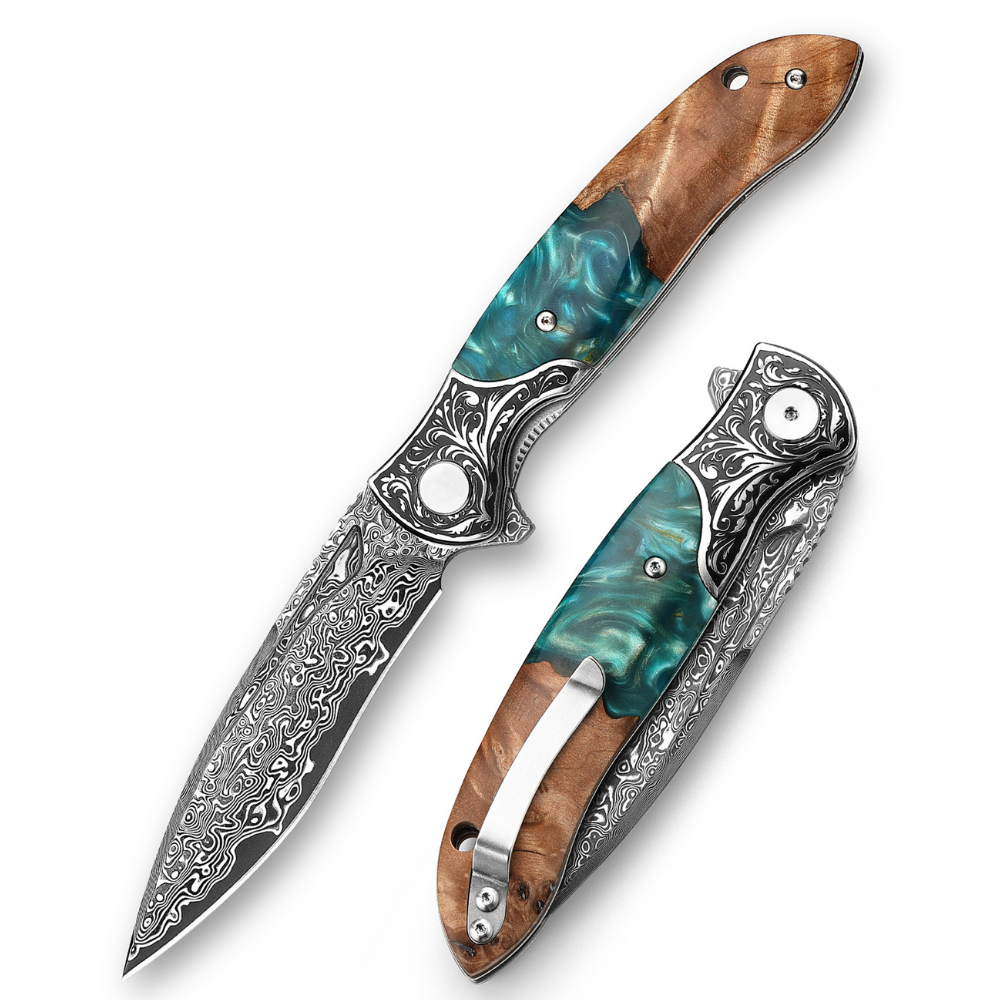
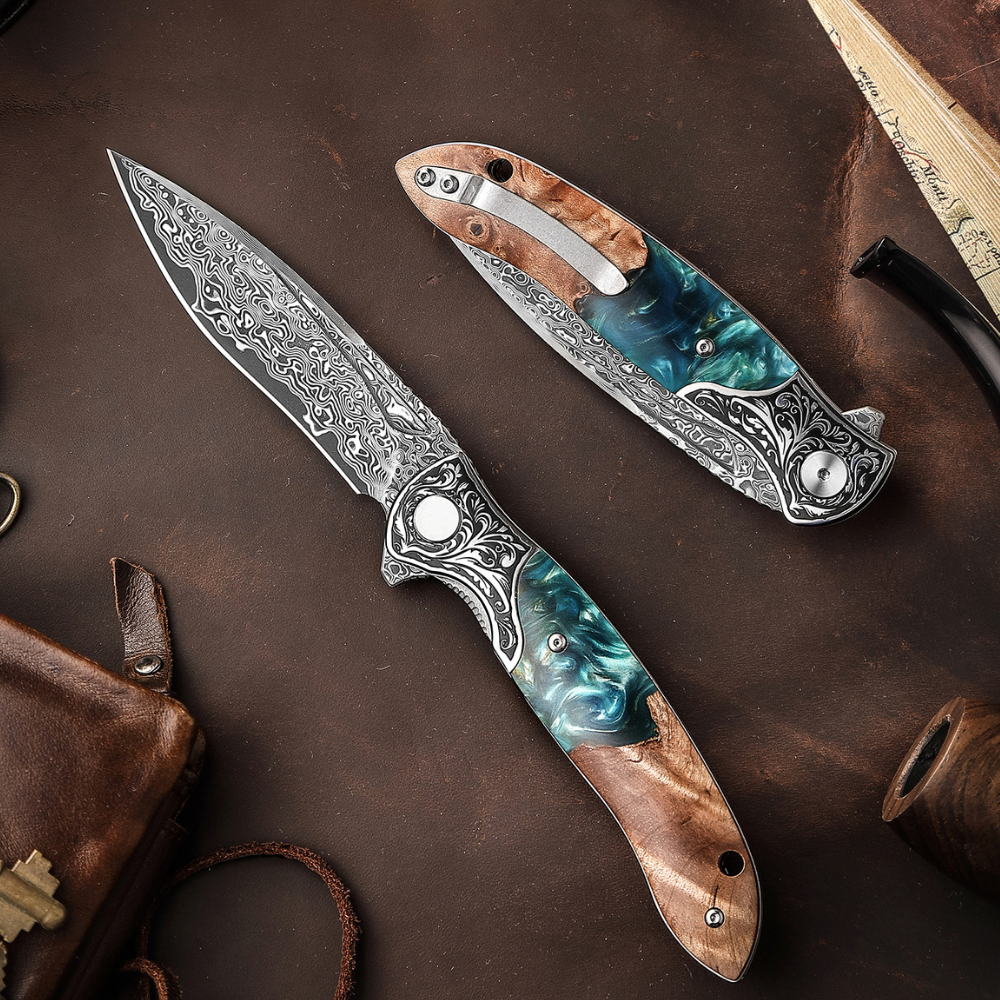
Leave a comment